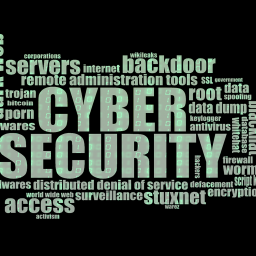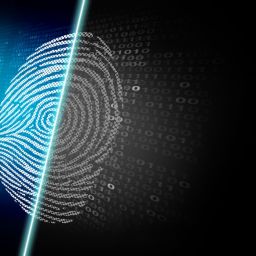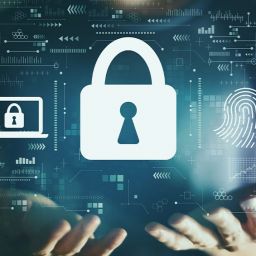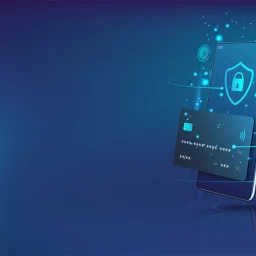
How To Prevent Data Breach: 5 Steps That Will Save You From Cyber Crime
Cyber security solutions are more important than ever in a world where technology is continually advancing.
A data breach can have disastrous effects for your company, so it’s critical to take precautions to avoid one. Fortunately, there are cyber security solutions available to assist in preventing these intrusions.
Businesses may secure their data and networks from unwanted access or theft by employing important security measures.
There are numerous cyber security solutions accessible, so you must select the ones that are best suited to your firm in order to avoid a data breach.
You may rest confident that your data will be safe from a data breach if you take the time to adopt these solutions. Continue reading to learn more about the best strategies to protect your organization’s information.
An Insight into Data Breach
Before we go into how to prevent data breaches with cyber security solutions, let’s make sure we understand what a data breach is.
What is a Data Breach?
A data breach is a security problem that occurs when information is accessed without permission. Credit card numbers, social security numbers, and medical records are examples of sensitive data. Data breaches can occur when hackers acquire access to a system, steal data physically, or deceive staff into giving them access.
The Consequences of Data Breach
A data invasion and breach can have far-reaching and devastating effects.
- The first issue is that of lost or stolen data. Customer information such as credit card numbers and Social Security numbers are included.
- Second, there is the matter of a tarnished reputation. Customers frequently lose faith in a firm when it suffers a data breach. This can result in a decrease in sales and an increase in churn.
- Finally, there is the matter of money. It may result in financial losses due to missed revenue, litigation fees, and reputational harm.
4 Most Common Types of Data Breaches
Data breaches can take various forms and can be extremely damaging to both persons and corporations. Not all data breaches are malevolent, but even unintentional leaks can be dangerous. The following are some of the most typical types of data breaches:
1. Hacking
“Hacking” is a common type of data invasion. It happens when an unauthorized person gains access to a computer system or network in order to steal or harm data.
2. Malware
Malware is a different sort of data theft. It occurs when a cyber-criminal installs harmful software on a computer without the user’s knowledge, which can then be used to capture sensitive information or corrupt files.
3. Phishing
“Phishing” is the third type of data scam. The cybercriminal uses phishing to deceive people into sending personal information, such as passwords or credit card details, to a bogus website or email address.
4. Insider Threat
An “insider threat” is another concerning form of data threat. It happens when an employee with authorized access to data abuses that access, such as selling confidential information to a third party.
While all sorts of data breaches can be destructive, insider threats are especially difficult to prevent because they frequently include trusted personnel who have lawful access to sensitive data. As we become more dependent on technology, it is critical to be aware of the various sorts of data breaches that can occur and to take precautions to protect our data.
5 Ways to Prevent Data Breach in Your Organization
Have a look at our selected list of instructions on how to use cybersecurity solutions to prevent a data breach in organisations and secure your firm from cyber attacks.
1. Implement strict access control:
Access control refers to the process of restricting access to specific resources or data to only authorized users. It is essential to limit access to sensitive data within your organization. You should establish strict policies to ensure that only authorized personnel can access sensitive information. This includes limiting access to data based on job roles and responsibilities. For example, only employees who need access to sensitive data should be granted access, and those who do not need it should be restricted. You can also use technologies like two-factor authentication to add an extra layer of security.
2. Use encryption:
Encryption is a process of converting data into a code or cipher, making it unreadable to unauthorized users. By encrypting sensitive data, you can protect it from unauthorized access. Encryption should be used for both data at rest and in transit. Data at rest refers to data that is stored in databases or on hard drives, while data in transit refers to data that is being transmitted over the internet or other networks. Encrypted data is much more challenging to decipher, even if it is stolen or intercepted.
3. Regularly update software and hardware:
Software and hardware updates often include security patches that fix vulnerabilities and bugs that could be exploited by cyber-attackers. Regularly updating software and hardware helps to prevent data breaches by ensuring that your systems are protected against known security threats. You should ensure that all software and hardware in your organization are up to date and that they receive regular updates.
4. Train employees:
Employees are often the weakest link in data security. Providing regular training to employees on data security best practices is essential to prevent data breaches. Training should cover topics such as password management, phishing prevention, and the importance of data protection. Employees should be educated on how to identify and avoid phishing scams and other common cyber-attacks. Additionally, they should understand the importance of strong passwords and how to create and manage them.
5. Conduct regular security audits:
Conducting regular security audits is essential to identify vulnerabilities and assess your organization’s security posture. A security audit should be conducted by an independent third-party, such as a security consultant. The audit should cover all aspects of your organization’s security, including hardware, software, policies, and procedures. The results of the audit can help you develop a comprehensive security plan to address any weaknesses that are identified.

















